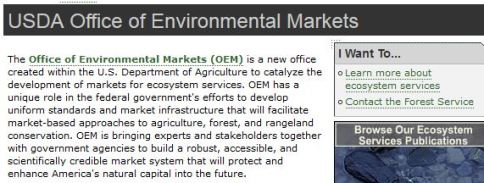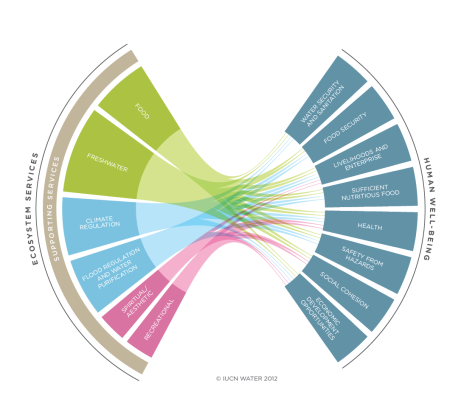Nov 14
20210
Social Engineering, Whiteness & Aversive Racism
"Prince" Charles CLG Europe Colonialism COP26 financialization of nature Natural Capital Investment Alliance Prince of Wales' Sustainable Markets Initiative Terra Carta The "Great Reset" Victoria Tauli Corpuz We Mean Business
LISTEN: 5 Key Takeaways from COP26, Glasgow 2021
November 6, 2021
By Arindam Singh
Woke colonization, nature for sale, COP26: Tom Goldtooth, a climate activist and executive director of the Indigenous Environmental Network, presented “Prince” Charles a gift of plaited sweetgrass. Right of Goldtooth is Victoria Tauli-Corpuz, former UN Special Rapporteur on the Rights of Indigenous Peoples. WWF-UK President,”Prince” Charles, is founder of The Prince of Wales’s Corporate Leaders Group (2015) – rebranded to CLG Europe – a co-founder of the We Mean Business coalition. On June 3, 2020, the “Prince of Wales’ Sustainable Markets Initiative” (SMI), in partnership with the World Economic Forum launched a major global initiative, “The Great Reset”. [Source] At the launch event, “Prince” Charles, a key, long-time proponent behind the financialization of nature, emphasized the imperative to accelerate carbon pricing. In January 2021, following the launch of the Terra Carta (Earth Charter)/ SMI, Charles unveiled the Natural Capital Investment Alliance. During COP26, on November 3, 2021, Forbes published the article “Amazon, Salesforce, Among 45 Companies Awarded Terra Carta Seal From Prince Charles”.
Podcast: What is this COP26 everyone’s talking about? Is it really that great as it sounds in the news? Why not?
https://open.spotify.com/episode/3Y4jHvv0s5szMYVrlMry2a?si=n8uykO3ITKiuRhloukUghg
[Arindam Singh is a student blogger and podcaster from New Delhi. He studies things related to the environment and what has gone wrong with it. His writing can be found at longlostnature.wordpress.com. You can follow him on Twitter at @longlostnature.]




















 The concept of ecosystem services originates with some in the field of
The concept of ecosystem services originates with some in the field of 









